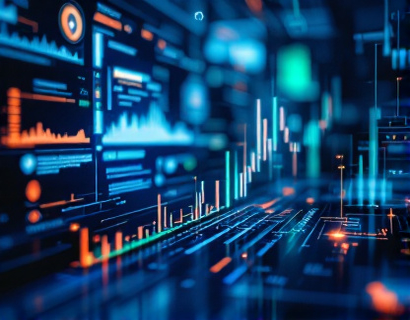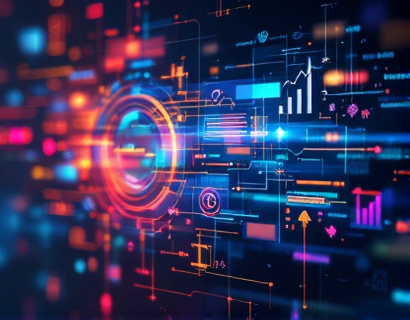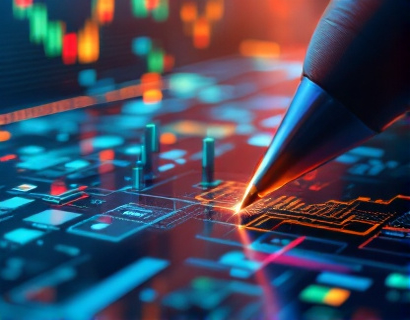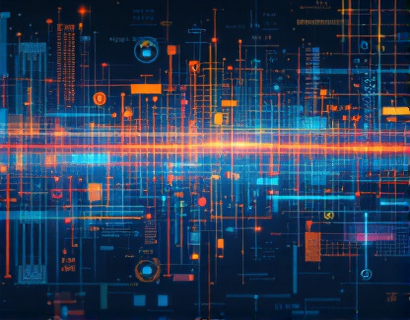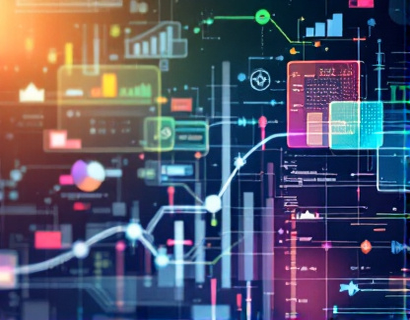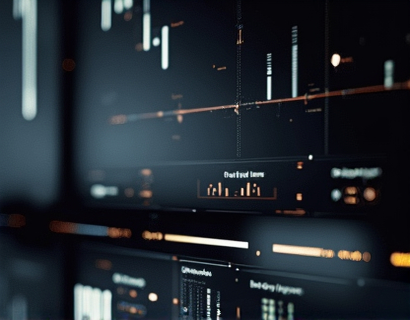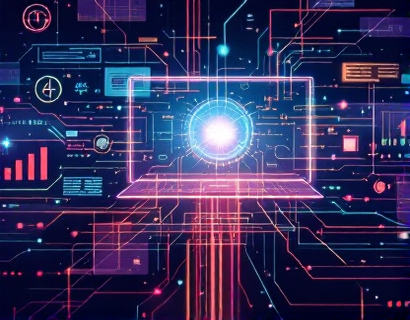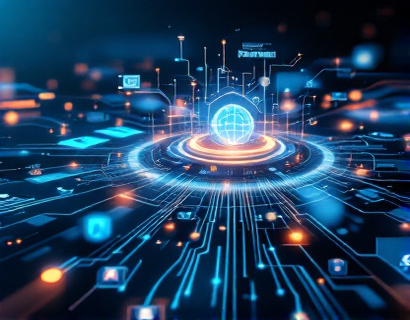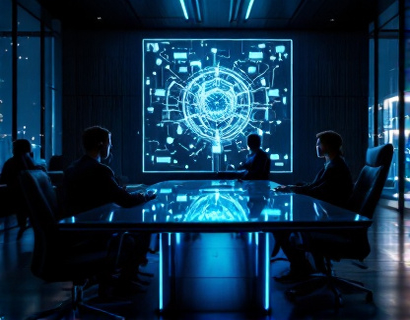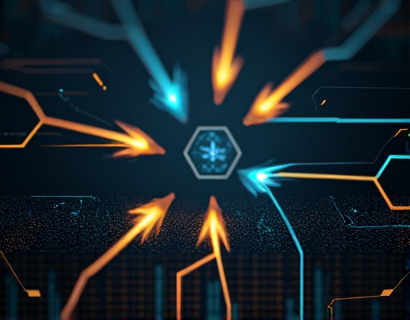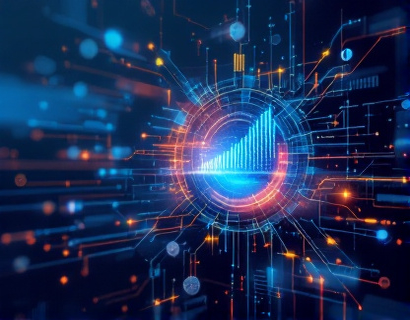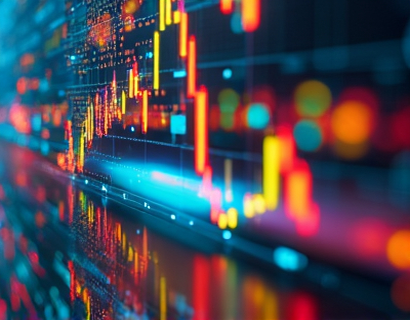Blockchain for Art: Revolutionizing the Preservation and Tracking of Historical Artifacts with Decentralized Solutions
Blockchain technology, originally designed for cryptocurrencies, has found a new and transformative application in the art world. This decentralized ledger system is revolutionizing the way historical artifacts and artworks are tracked, verified, and preserved. By providing a secure, transparent, and immutable record, blockchain ensures the authenticity and provenance of unique cultural treasures. This innovation is particularly crucial for collectors, museums, and cultural institutions, as it enhances trust and collaboration, ultimately leading to more effective management of valuable assets.
The art market has long struggled with issues of authenticity and provenance. Forgeries and misattributions have been persistent problems, often going undetected until after a piece has been sold. Blockchain technology addresses these challenges by creating an unalterable chain of custody for each artwork. Every transaction, from the creation of the piece to its current ownership, is recorded on the blockchain. This transparency allows all stakeholders to verify the history and authenticity of an artwork with unprecedented ease and confidence.
Enhancing Authenticity and Provenance
One of the primary benefits of using blockchain in the art world is the enhancement of authenticity and provenance. Each artwork can be assigned a unique digital token on the blockchain, which contains detailed information about the piece, including its creation date, materials used, and previous owners. This digital token serves as a tamper-proof certificate of authenticity, reducing the risk of fraud and increasing the trustworthiness of the art market.
For instance, when a new artwork is created, the artist or the institution can create a blockchain entry that includes high-resolution images, detailed descriptions, and any relevant documentation. As the artwork changes hands, each transaction is recorded on the blockchain, creating a comprehensive and verifiable history. This not only helps collectors and museums verify the authenticity of a piece but also provides a rich context that enhances the value and significance of the artwork.
Streamlining Provenance Verification
Provenance verification is a critical aspect of the art market, and blockchain simplifies this process significantly. Traditionally, verifying the provenance of an artwork involves extensive research and often relies on paper records that can be lost, damaged, or falsified. With blockchain, this information is stored in a decentralized and secure manner, accessible to authorized parties at any time.
The immutable nature of blockchain ensures that once a piece of information is recorded, it cannot be altered or deleted. This permanence provides a reliable and trustworthy source of information for all stakeholders. For example, a museum acquiring a new piece can quickly check the blockchain to confirm the artwork's history, from its creation to its current ownership, without the need for lengthy and often costly verification processes.
Fostering Collaboration and Trust
The decentralized and transparent nature of blockchain fosters greater collaboration and trust among collectors, museums, and cultural institutions. By providing a shared and immutable ledger, blockchain reduces the need for intermediaries and streamlines the process of buying, selling, and lending artworks. This not only lowers transaction costs but also accelerates the flow of art through the market.
For instance, a collector looking to purchase a piece can directly access the blockchain to review the artwork's history and ownership records. Similarly, museums can collaborate more effectively by sharing access to their collections on the blockchain, facilitating research and exhibitions without the bureaucratic hurdles of traditional methods. This increased transparency and efficiency build a stronger foundation of trust within the art community.
Preservation and Conservation
Beyond authentication and provenance, blockchain technology also plays a role in the preservation and conservation of historical artifacts. By recording detailed information about the condition, restoration history, and environmental conditions of an artwork, blockchain provides a comprehensive record that can aid conservators and preservationists.
For example, a blockchain entry for a painting might include data on its current condition, previous restorations, and the specific materials used in those restorations. This information is invaluable for conservators who need to make informed decisions about future care and maintenance. Additionally, the blockchain can track the environmental conditions in which an artwork is stored or displayed, ensuring that it is kept in optimal conditions to prevent deterioration.
Combating Illicit Trade
The art market has unfortunately been a target for illicit trade, with many historical artifacts being stolen or illegally exported. Blockchain technology offers a powerful tool in the fight against this crime. By recording the ownership and movement of artworks on a transparent and immutable ledger, blockchain makes it much harder for stolen pieces to be sold or traded without detection.
Law enforcement agencies and international organizations can utilize blockchain data to track the provenance of seized artworks and identify potential looted items. This not only helps in the recovery of stolen artifacts but also deters potential thieves and traffickers. The increased transparency and accountability provided by blockchain contribute to a more secure and ethical art market.
Challenges and Considerations
While the potential benefits of blockchain in the art world are significant, there are also challenges and considerations that need to be addressed. One of the primary challenges is the technical complexity of blockchain technology, which can be a barrier for some institutions and individuals. Education and training are essential to ensure that all stakeholders can effectively utilize blockchain solutions.
Another consideration is the integration of blockchain with existing systems and databases. Museums and cultural institutions often have established methods for tracking and managing their collections, and integrating blockchain requires careful planning and coordination. However, the long-term benefits of enhanced authenticity, transparency, and efficiency make this investment worthwhile.
Future Prospects
The future of blockchain in the art world is promising, with ongoing developments and innovations set to further enhance its applications. As more institutions adopt blockchain technology, we can expect to see a more interconnected and secure global art market. The potential for blockchain to extend beyond art to other cultural heritage sectors, such as archaeology and historical documents, is also significant.
For example, blockchain could be used to track the provenance of archaeological artifacts, ensuring their authenticity and legal status. This would not only benefit museums and collectors but also source communities and countries from which these artifacts originate, promoting cultural heritage preservation on a global scale.
In conclusion, blockchain technology is transforming the art world by providing a secure, transparent, and efficient solution for the tracking and preservation of historical artifacts and artworks. By enhancing authenticity, streamlining provenance verification, fostering collaboration, and combating illicit trade, blockchain is paving the way for a more trustworthy and sustainable art market. As the technology continues to evolve, its impact on cultural heritage preservation will only grow, ensuring that valuable cultural treasures are protected for future generations.



